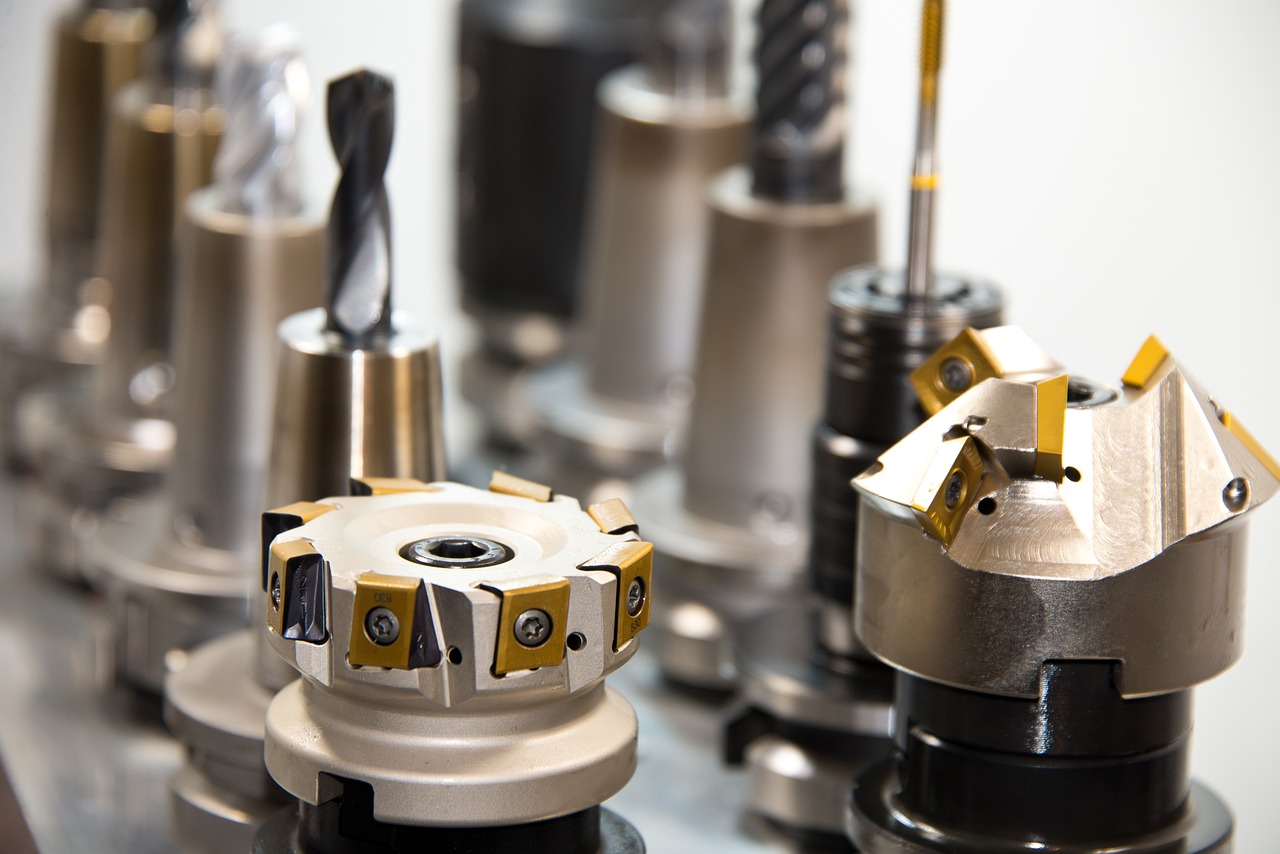Metal composite material (MCM) is a manufactured product that combines metal skins with a solid core, often plastic, to create panels used primarily in building exteriors. It offers a balance of strength, durability, and aesthetic appeal, making it a popular choice for modern architectural design. Metal composite materials provide a lightweight, versatile, and cost-effective solution for cladding that protects structures while allowing for precise shapes and finishes.
This material category has evolved over decades, expanding beyond aluminum to include metals like zinc, copper, and titanium, broadening design possibilities. MCMs stand out because they can be easily fabricated with common tools, allowing for complex forms without specialized equipment. Their adaptability extends across industries, combining metal’s properties with other materials to enhance performance and functionality.
Overview of Metal Composite Material
Metal composite materials combine metals with other metals or non-metallic components to create enhanced materials. These composites aim to improve properties like strength, wear resistance, and thermal stability by utilizing the strengths of each constituent.
Definition and Composition
Metal composite materials are engineered by integrating two or more different materials, typically metals combined with ceramics, polymers, or other metals. The primary metal acts as a matrix, while the secondary materials serve as reinforcements, which can be fibers, particles, or whiskers.
This combination provides a balance between the metal’s ductility and the reinforcement’s hardness or thermal resilience. Common matrices include aluminum, copper, and steel, while reinforcements range from ceramic particles to carbon fibers. These composites are tailored based on desired mechanical and physical performance.
Key Properties
Metal composite materials exhibit improved mechanical strength, wear resistance, and high-temperature performance compared to monolithic metals. They often maintain good thermal conductivity while gaining stiffness and hardness.
Their enhanced properties make them suitable for applications where durability and lightweight are critical. Resistance to corrosion and fatigue also tends to improve. These traits result from the synergistic effects of the matrix and reinforcement’s distinct physical and chemical behaviors.
Manufacturing Processes
Manufacturing metal composites involves multiple techniques depending on the materials and desired properties. Common methods include powder metallurgy, casting, and deposition processes.
Powder metallurgy blends metal powders with reinforcements before pressing and sintering. Casting may embed particles within molten metal. Solid-state processes, like extrusion or rolling, can mechanically combine components. Each technique influences the composite’s microstructure and performance characteristics.
Applications and Advantages
Metal composite materials offer distinct benefits in strength, weight, and durability, making them useful across diverse sectors. Their ability to combine metal matrices with reinforcing phases allows customization of properties for specific needs.
Architectural Uses
Metal composites serve in architecture primarily for structural components and decorative elements requiring both strength and aesthetic appeal. They offer enhanced resistance to weathering and corrosion, which benefits building exteriors and facades.
Lightweight properties of metal matrix composites (MMCs) reduce load on structural frameworks, enabling innovative designs with large spans or cantilevers. Additionally, their ability to maintain dimensional stability under temperature fluctuations makes them suitable for precise architectural applications.
These materials also enhance sustainability in construction by increasing durability and reducing maintenance costs compared to traditional metals or alloys.
Industrial Applications
In industry, metal composites are widely used in aerospace, automotive, and manufacturing sectors. Their improved strength-to-weight ratio supports fuel efficiency in aircraft and vehicles by reducing overall mass without sacrificing durability.
MMCs resist wear, abrasion, and high temperatures, making them ideal for engine components, cutting tools, and wear plates. Their thermal expansion characteristics allow tight tolerance manufacturing, crucial in precision mechanical parts.
The versatility of metal composites extends to electronics and sports equipment, where specific mechanical and thermal properties are required for performance and longevity.
Performance Benefits
Metal composites combine the toughness and ductility of metals with the hardness of ceramic or other reinforcements, resulting in superior mechanical properties. This synergy enhances tensile strength, stiffness, and fatigue resistance beyond what pure metals can achieve.
Reduced density in many MMCs leads to better strength-to-weight ratios, important in applications demanding lightweight yet strong materials. Improved thermal stability and wear resistance further extend service life under demanding conditions.
Customizability is a significant advantage; engineers can tailor composites by adjusting matrix or reinforcement types, quantities, and orientations to optimize performance for specific tasks or environments.
Sustainability Considerations
Metal composites contribute to sustainability by extending the lifespan of components and structures, reducing the need for frequent replacement or repair. Their resistance to corrosion and wear decreases material waste and environmental impact.
Lightweight composites improve energy efficiency in transportation sectors by lowering fuel consumption and emissions. Additionally, some composites can be recycled or repurposed, though recycling processes vary depending on the matrix and reinforcement materials.
Developments in manufacturing techniques aim to reduce energy consumption and waste during composite production, further supporting environmental responsibility in applications using these materials.








